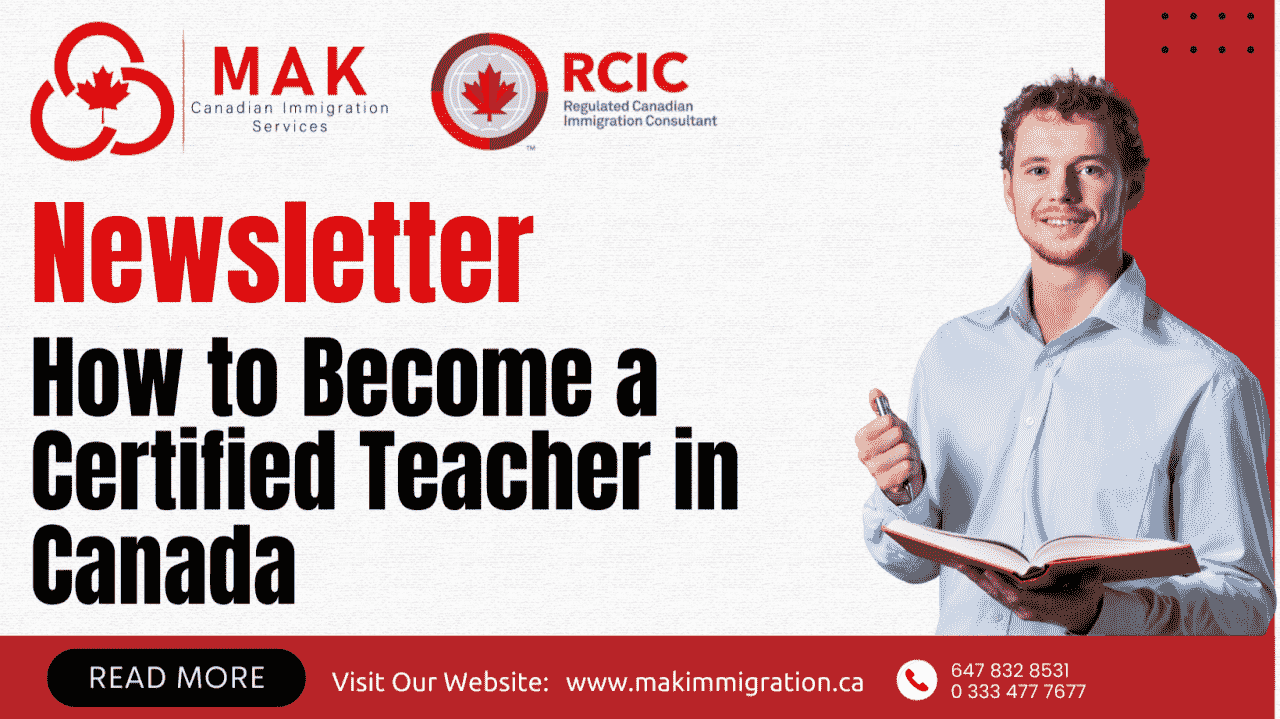Understanding the certification procedure and regional criteria is crucial if you want to create a teaching career in Canada. Teaching in Canada is a regulated profession; therefore, before you can start working in the classroom, you must obtain certification from the appropriate provincial or territorial body.
The application procedure across several provinces, the ways of teaching available in the nation, and how globally educated teachers may be licensed to teach in Canada are all covered in this article.
Requirements for Teachers’ Certification in Canada
The road to certification differs depending on where you plan to teach since education is controlled at the provincial and territorial level. Still, most areas have certain shared typical needs.
1. Educational Background
Usually a bachelor’s degree, you must have finished a post-secondary degree. Should your schooling finish outside Canada, you will have to submit an Educational Credential Assessment (ECA) to verify your qualifications match Canadian criteria.
2. Teacher Training Program
Apart from academic credentials, many provinces want you to have finished a teacher education program satisfactorily. This covers a required amount of supervised teaching experience as well as courses.
3. Language Competence
Depending on the area and the language of instruction in the school where you plan to teach, applicants must show competence in either English or French.
4. Character and Background Checks
Often, evidence of good moral character is required. Depending on provincial standards, these can include teaching evaluations, academic records, references, and police clearance certificates.
5. Province-Specific Training
Some provinces could call for further planning. Ontario, for instance, requires finishing the Sexual Abuse Prevention Program; British Columbia requires a familiarization course for people who finished their teacher training outside Canada.
Applying for Certification: Where and How
Once you’ve confirmed your eligibility, the next step is applying for certification from the appropriate provincial or territorial regulatory body.
Here’s where to apply, depending on the region:

Note: Many provinces now collaborate with Pathways to Teach Canada, a platform launched in 2024 to simplify the application process for international educators.
Certification Transfer Between Provinces
Teachers certified in one province may be eligible to transfer their certification to another province or territory through the Canadian Free Trade Agreement. However, a formal application process is still required, which may involve submitting additional documents or meeting further conditions.
Employment Opportunities in Canadian Schools
Canada offers a range of teaching roles, each with its own structure and benefits:
Permanent Full-Time Teachers
These positions typically follow a 10-month school year, with scheduled breaks during holidays. Full-time teachers often benefit from unionized contracts, fixed salary scales, and defined benefit pension plans that offer retirement security.
Supply/Substitute Teachers
Supply teachers are on-call educators who fill in when regular teachers are absent. While the work is less predictable, it provides valuable classroom experience and flexibility. Payment is usually made on a per-day basis.
Long-Term Occasional (LTO) Teachers
LTOs are hired for fixed-term contracts, often to cover extended absences like maternity leave. These full-time roles can span several weeks or even an entire academic year. In many jurisdictions, LTO positions count toward pension and union benefits.
Catholic vs Public School Boards
In provinces with dual school systems, such as Ontario and Alberta, both public and Catholic school boards operate with public funding. While the curriculum is largely the same, Catholic schools integrate faith-based values and may require teachers to be practicing Catholics. Public schools, on the other hand, are secular and do not impose religious requirements.
Increased Demand for Teachers in 2025
The demand for qualified teachers continues to rise across Canada. In response, the federal government recently included education in the Express Entry system as a priority category, offering international teachers a more streamlined path to permanent residency.
New roles prioritized under Express Entry in 2025 include:
- Early childhood educators and assistants
- Elementary and secondary school teacher assistants
- Kindergarten and elementary school teachers
- Secondary school teachers
- Instructors for individuals with disabilities
Being eligible for one of these category-based selections significantly improves the chances of receiving an Invitation to Apply for permanent residency.
Final Thoughts
Though it is a multi-step procedure, becoming a licensed teacher in Canada as an internationally trained professional provides possibilities for meaningful, long-term work in a respected and in-demand sector. Knowing the certification routes and getting the required papers ready ahead of time can help you to start your teaching profession in Canada.

